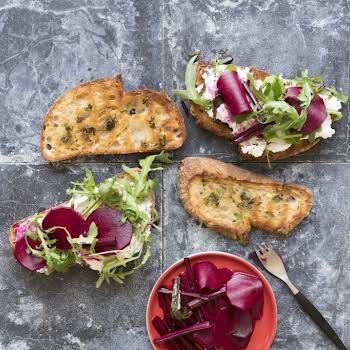
By IMAGE
16th Mar 2015
16th Mar 2015
We all know that falling in love brings with it a very real, tangible feeling. Sometimes it’s a fuzzy feeling in your tummy, sometimes you fear that your heart might actually burst out of your chest, but most of what’s going on occurs up there in that beautiful brain of yours. It’s long been understood that fancying someone and falling in love with them produces a surge of feel-good hormones into your body, but did you know that a brain in love looks vastly different to a brain that’s never loved at all?
According to Elite Daily, Chinese scientists have recently uncovered 12 key areas of brain activity associated with he or she who’s fallen in love. These love-curious researchers from?Southwest University in Chongqing studied the brains of 100 students, dividing them into three groups: those who were currently in love and in relationships, those who had recently broken up with someone and those who claimed they had never been in love at all. By use of functional magnetic resonance imaging techniques, the researchers were able to map out the differences between an in-love brain and an out-of-love brain. The circulation of blood flow showed significant changes between the three groups, as did the levels of dopamine.

A brain in love
Interestingly, this study and various others concluded that a brain in love looks rather similar to a brain on cocaine, which is why you might feel like you’re a euphoria addict at times.?Love, we are learning, uses the very same neural mechanisms that are activated during the process of addiction, which is enough of an endorsement to stay away from drugs if love is the healthier alternative. ?We are literally addicted to love,? Dr Larry Young, a researcher into social attachment at Emory University, in Atlanta, Georgia said back in 2004.

A brain out of love
On a chemical level, this kind of research reassures us that there is a very real difference between a brain in lust and a brain in a long-lasting loving relationship. The activity produced during that dizzying, butterfly-filled phase simply cannot last, but it’s good to know that as far as our brains are concerned, this is entirely normal and to be expected. For those who doubt the existence of longer lasting love, other such research has also shown the brain’s capacity for maintaining such feelings.If you work at it, your brain is more than happy to remain in love.
Though we may be a while off the point when research like this becomes practically useful, at least we know that love is real. Photographic evidence, ‘n all.























